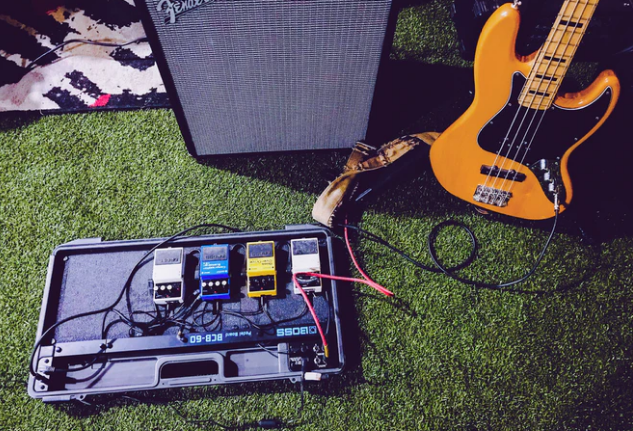Primarily, your style of music should ideally prompt your choice of an amplifier.
Next in importance comes the consideration of power or wattage that you shall need.
Then there is the choice to make between a valve type and a solid state amplifier.
Your style will tell you whether you need to go for overdrive or not. When you consider this, and if your style demands overdrive, you might want a smooth transition when you go into overdrive and come out of it.
Valve type amplifiers provide the smoothest transition, whereas solid state amplifiers produce high distortions above their maximum output levels. In solid state amplifiers, the transition from the distortion level to the clean level is very sharp and does not sound pleasant.
Basically, solid state amplifiers provide you with clean sounds, and if your style of music demands that, you can go for them.
But if your style demands dynamic playing, then valve type amplifiers should be the choice.
Moreover, valve type amplifiers are good for the mid range, while solid state amplifiers are good for the bass range.
The power of an amplifier is designated by watts RMS and this value will help you determine your choice suited to your needs. Consider also whether the sound system will be under full controls during performance, that is, whether the music will be plugged into the PA system and the output thus delivered.
Solid state amplifiers are much cheaper compared to valve type amplifiers, and so, you get many times more wattage of power in the solid state ones than in the valve type ones at more or less the same price.
Moreover, it is good to keep in mind that despite the good over driven sounds they produce, the valve type ones become hot, require regular maintenance, and are bulkier. The last characteristic becomes a factor to reckon with when it comes to the transportation part of a performance.
Typically and for different purposes, the range of the power wattage may vary from a meager 1watt to 100 watts or more.
If you are practicing in your bedroom, it is recommended that you remain within the 15 watts range. Above that and up to a range of 30 watts is suitable for plain rehearsals. This range is also suitable for performances where the final sound will be created by an engineer at the venue.
Venues that are medium sized will need 50 watts of power output, while big venues will need double that power. This 100-watt power is also recommended for bands that want their music to sound loud.
All this is very well. However, there is one thing that is better kept in mind. The numerical increase in the volume level does not necessarily correspond to the level of increase in volume that a listener perceives.
For example, on the lower side, a 3db increase in volume might be perceived as if there has been a two-fold increase in the loudness of sound.
It also makes good sense not to determine the choice of an amplifier by its specified watts RMS value only. It is recommended that inquiries be made about the watts per channel value, which may range from 3 wpc to 500 wpc.
The valve type amplifiers limit themselves to the lower ranges, while the solid state ones cater to the higher ranges.
Keeping these in mind, you can now think of choosing the amplifier best suited to your characteristic music.

